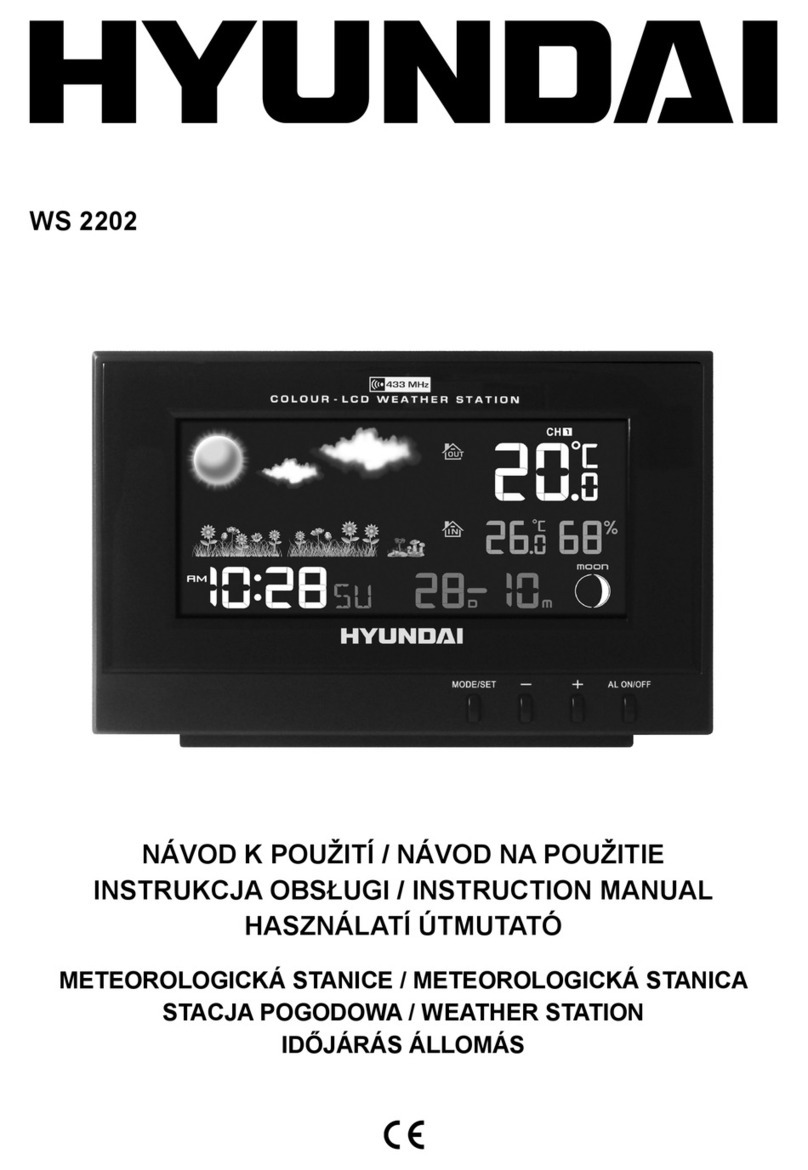Vitek VT-3539 User manual
Other Vitek Weather Station manuals
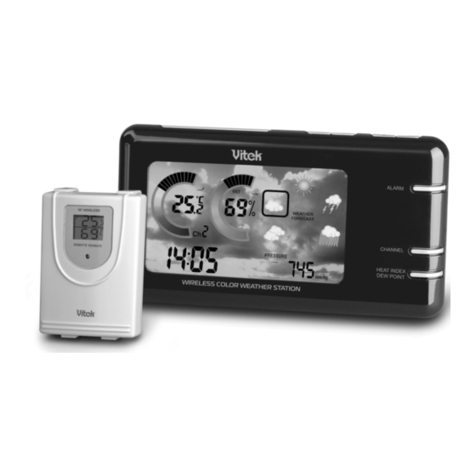
Vitek
Vitek VT-6401 BK User manual

Vitek
Vitek VT3542 SR User manual
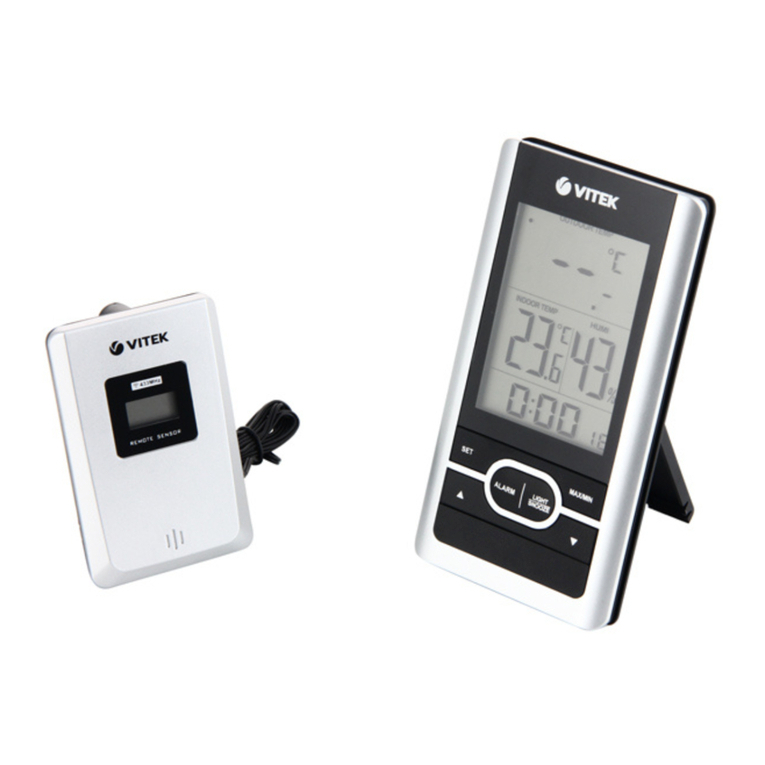
Vitek
Vitek VT-3531 SR User manual

Vitek
Vitek VT-6401 BK User manual
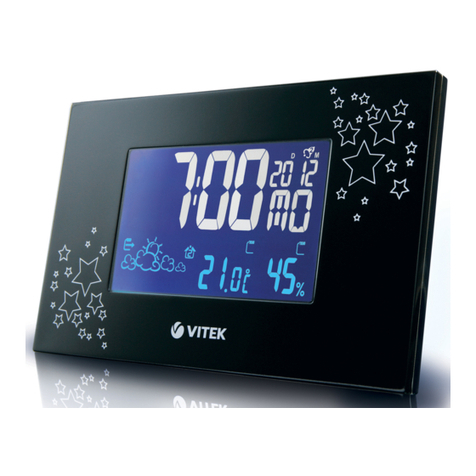
Vitek
Vitek VT-6405 User manual

Vitek
Vitek VT-6414 User manual

Vitek
Vitek VT-6411 User manual
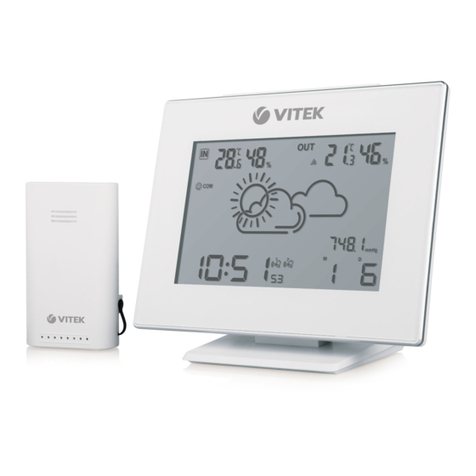
Vitek
Vitek VT-6407 W User manual

Vitek
Vitek VT-6409 User manual

Vitek
Vitek VT-6412 User manual
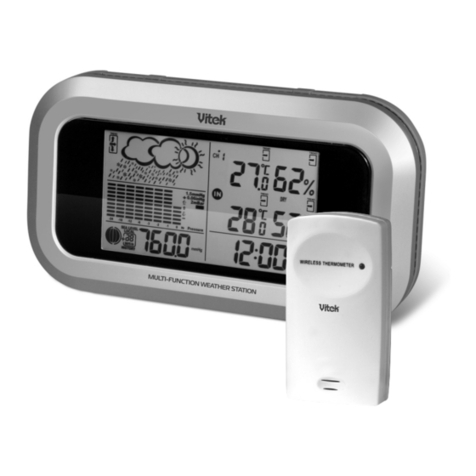
Vitek
Vitek VT-3549 SR User manual
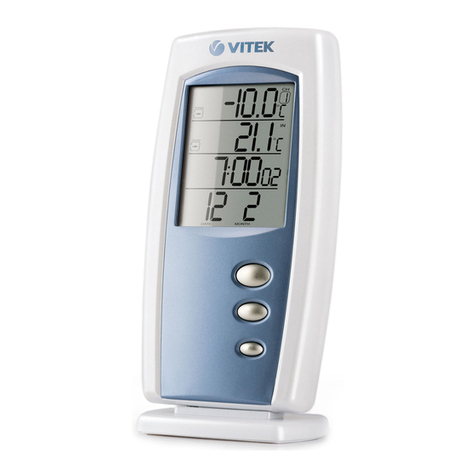
Vitek
Vitek VT 3534 User manual

Vitek
Vitek VT-6413 User manual

Vitek
Vitek VT-6408 User manual

Vitek
Vitek VT-6410 User manual

Vitek
Vitek WS330 User manual

Vitek
Vitek VT-6406 User manual
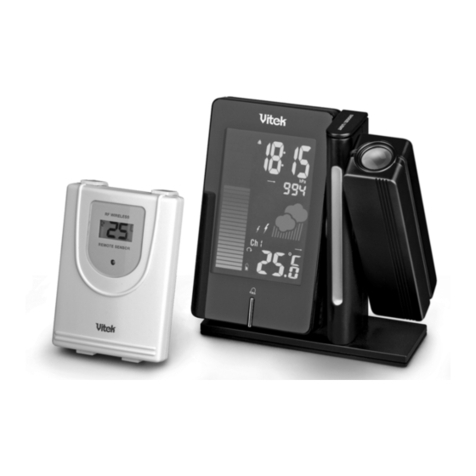
Vitek
Vitek VT-6402 BK User manual

Vitek
Vitek VT-6404 PR User manual

Vitek
Vitek VT-6400 BK User manual
Popular Weather Station manuals by other brands
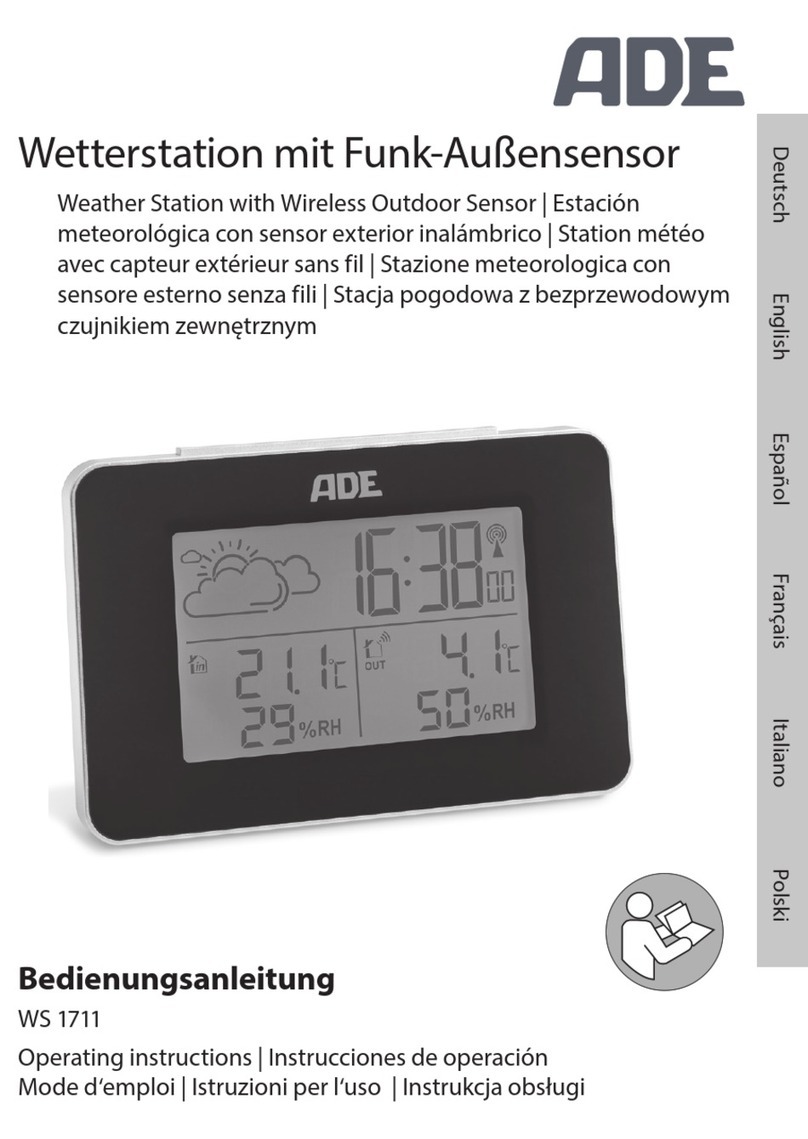
ADE
ADE WS 1711 operating instructions
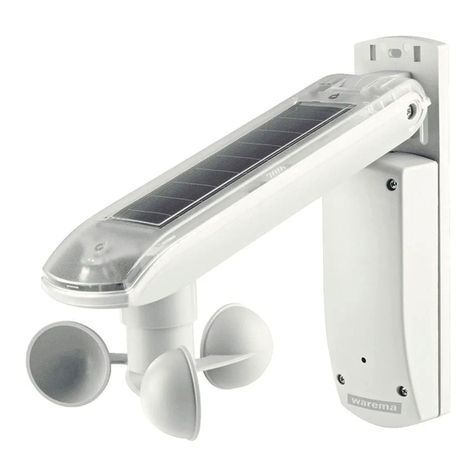
WAREMA
WAREMA EWFS Weather station eco Operating and installation instructions

Auriol
Auriol z29592 Operation and safety notes

Auriol
Auriol 296289 Operation and safety notes

Hyundai
Hyundai WS 2266 instruction manual
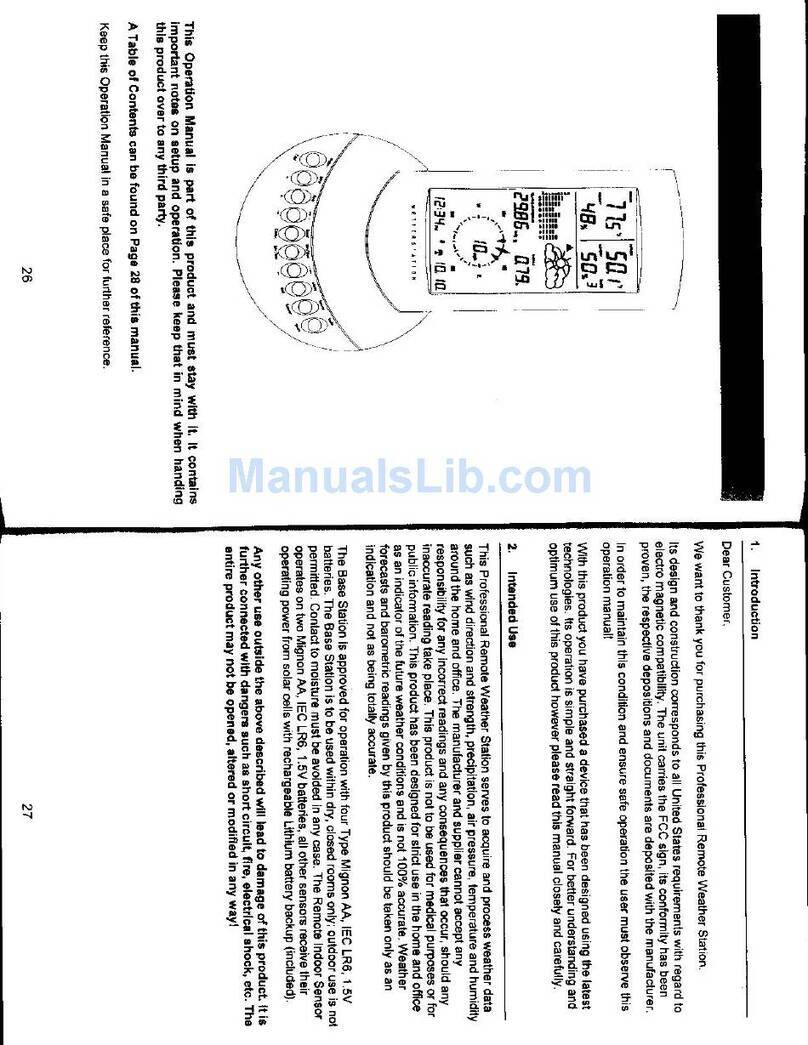
La Crosse Technology
La Crosse Technology WS-2210 Operation manual

La Crosse Technology
La Crosse Technology WS-811561 manual
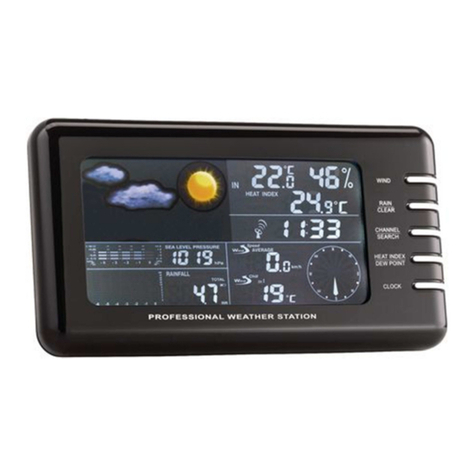
Ventus
Ventus W177 owner's manual
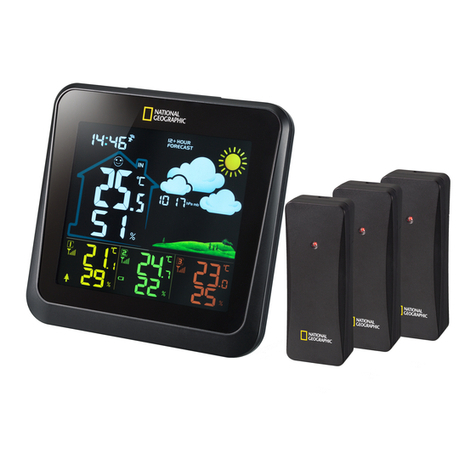
National Geographic
National Geographic VA Colour RC instruction manual
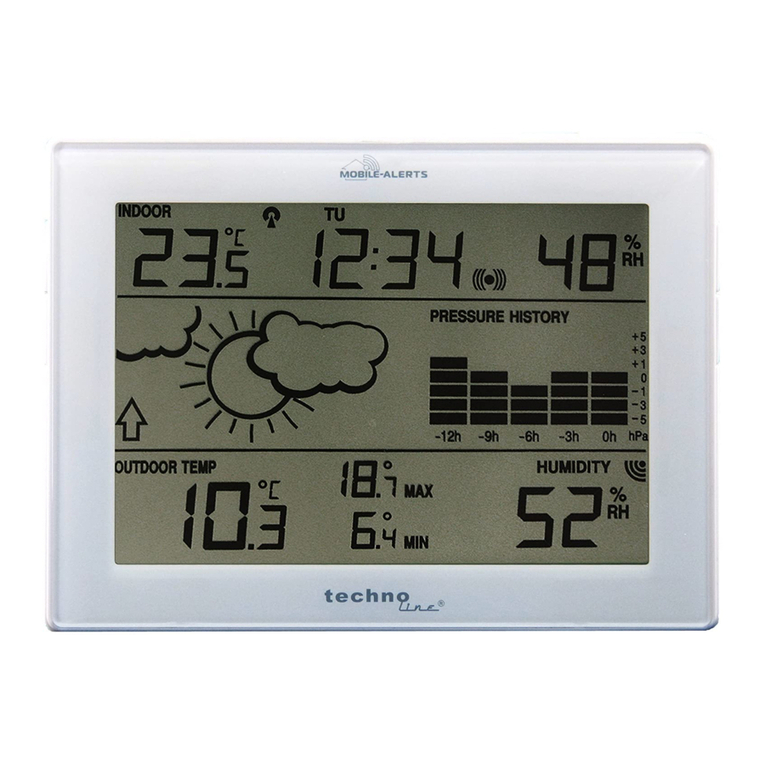
Instant Transmission
Instant Transmission MA 10410 instruction manual
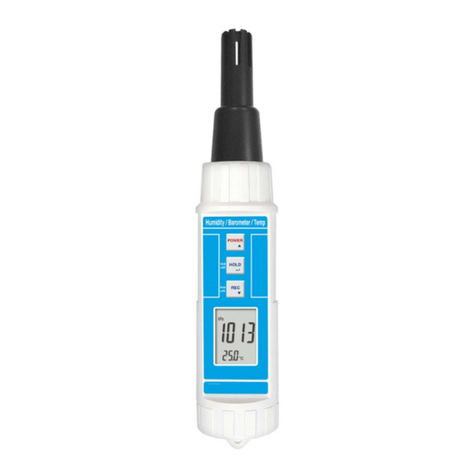
Lutron Electronics
Lutron Electronics PHB-318 Operation manual

Oregon Scientific
Oregon Scientific Alizé BAR266 user manual


